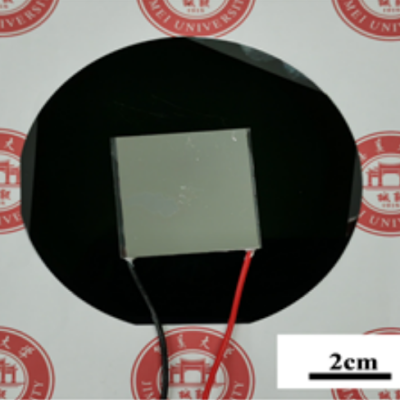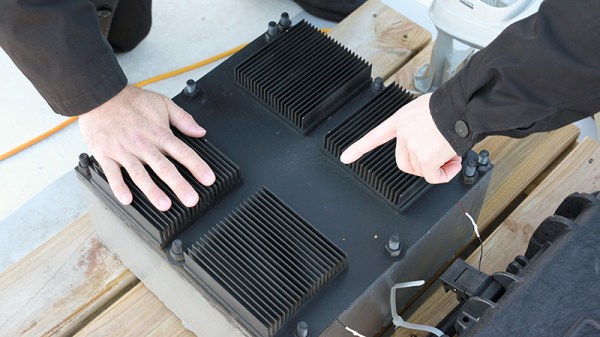Amidst the push for more low-carbon energy, we see the demolishing of one of the pillars of electric grids: that of a careful balancing between supply and demand. This is not just a short-term affair. It also affects the construction of new power plants, investments in transmission capacity, and so on. The problem with having too much capacity is that it effectively destroys the electricity market, as suppliers need to make a profit to sustain and build generators and invest in transmission capacity. This is now the problem that Germany finds itself struggling with due to an overcapacity of variable renewable power sources (VRE) like solar and wind.
With a glut of overcapacity during windy and sunny days, this leads to prices going to zero or even negative. While this may sound positive (pun intended), it means that producers are not being paid. Worse, it means that when, for example, France buys German wind power for negative Euros via the European Electricity Exchange (EEX), it means that Germany actually pays France, instead of vice versa. The highly variable output of wind and solar also means a big increase in curtailment and redispatch measures to keep the grid stable, all of which costs money and drives up operating costs.
Continue reading “Germany’s Solar Expansion And The Negative Effects Of Electricity Overproduction”

















